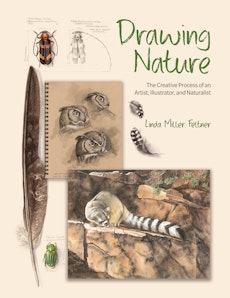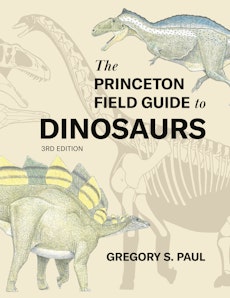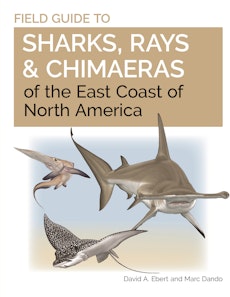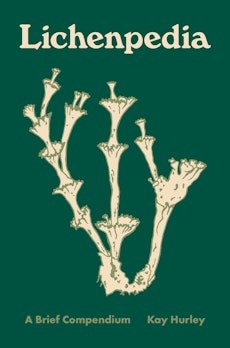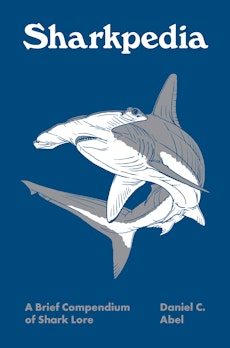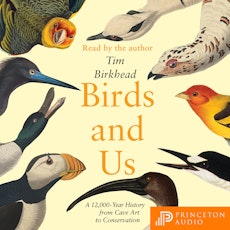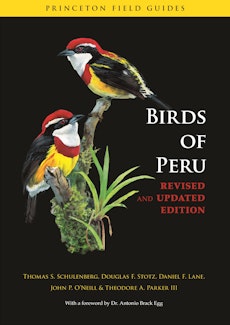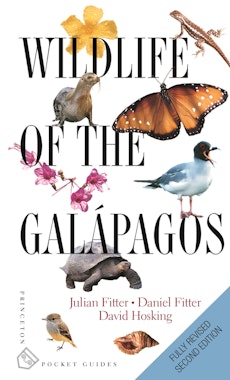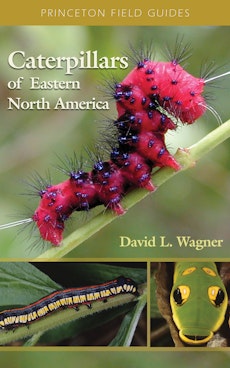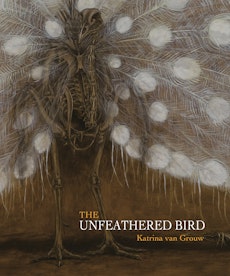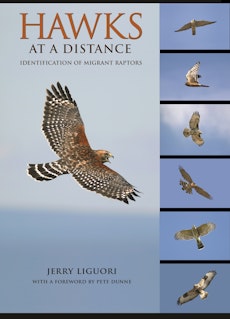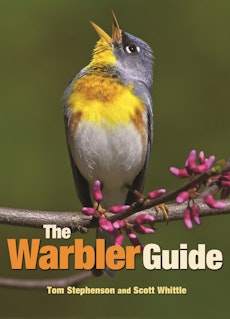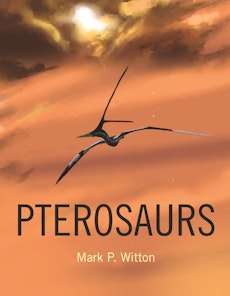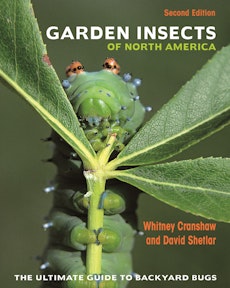Princeton Nature
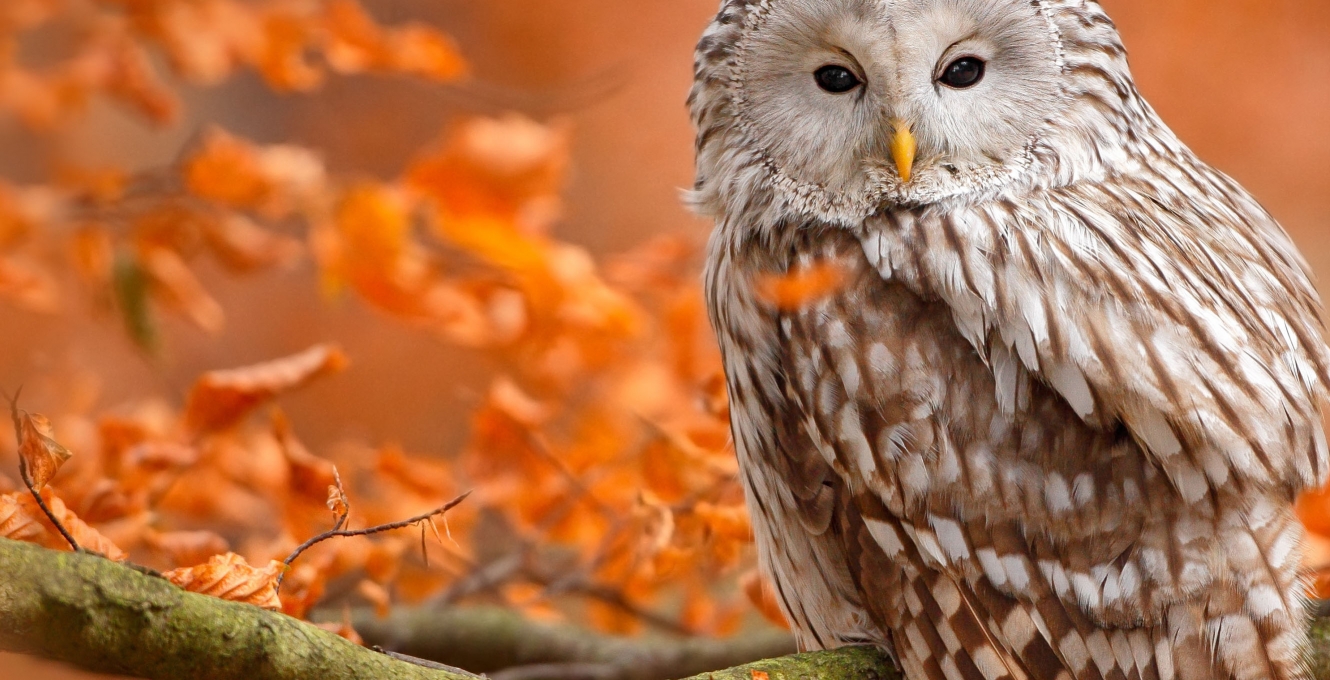
-
Robert Kirk
Publisher for Princeton Nature -
Jacqui Sayers
Associate Publisher (Nature)
Our nature field guides list ranges far and wide in its coverage of the natural world. At its heart lies the Princeton Field Guides series, comprising close to fifty highly illustrated, authoritative titles exploring the birds, mammals, plants, fish, reptiles, amphibians, and insects of specific countries and regions, written by expert naturalists and illustrated by the world’s leading wildlife artists.
The list also includes award-winning photographic field guides, large-format references looking at a wide range of topics, illustrated bird checklists, and groundbreaking apps. Throughout, the emphasis is on quality, range, and comprehensive scope.
New & Noteworthy
Featured Audiobooks
Series
Ideas
-
Christina Grozinger and Harland Patch on The Lives of Bees
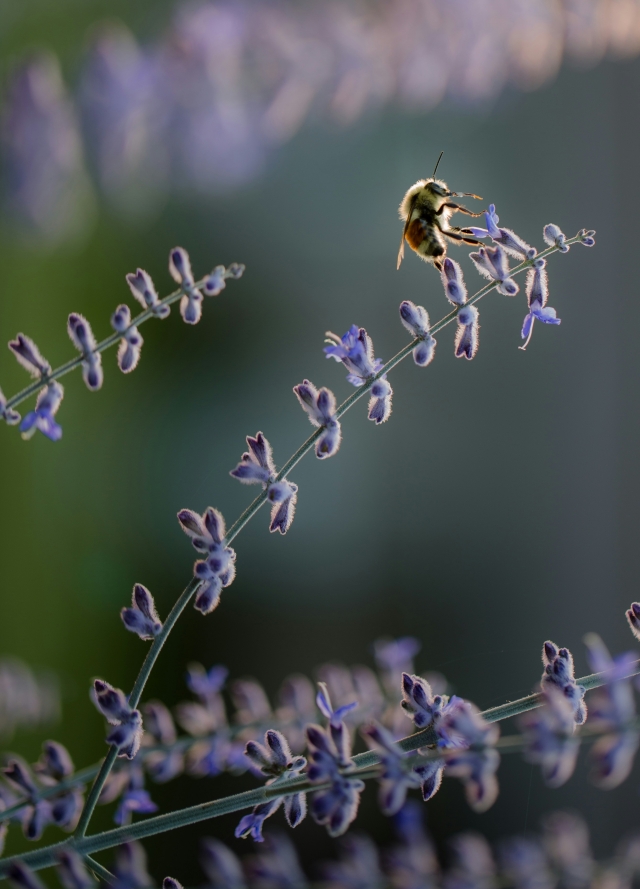
The Lives of Bees takes readers inside the world of these marvelous insects, exploring their physiology, behavior, ecology, evolution, and much more.
-
The wonderful world of wasps
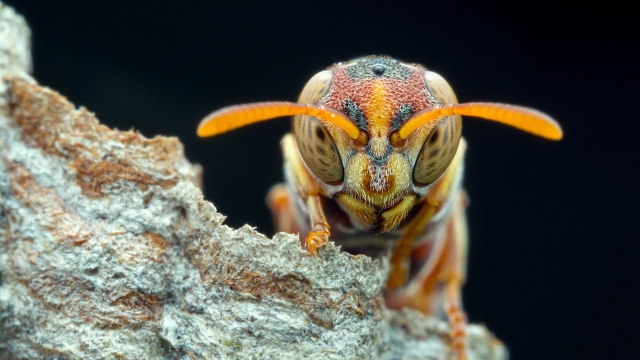
Wasps continued conservation and presence are essential for our own well-being but, rather scarily, we know very little about the world’s incredibly rich species diversity, and even less about their ecological interactions.
-
Julie A. Phillips on The Lives of Seaweeds

Our understanding of the evolution of seaweeds and other algae is undergoing a revolution. Over the last five decades, numerous scientific studies have generated a wealth of new data and a new classification scheme that assigns various algal species to four of the six kingdoms of life on Earth—an unprecedented phenomenon in the living world!
-
Insect intelligence
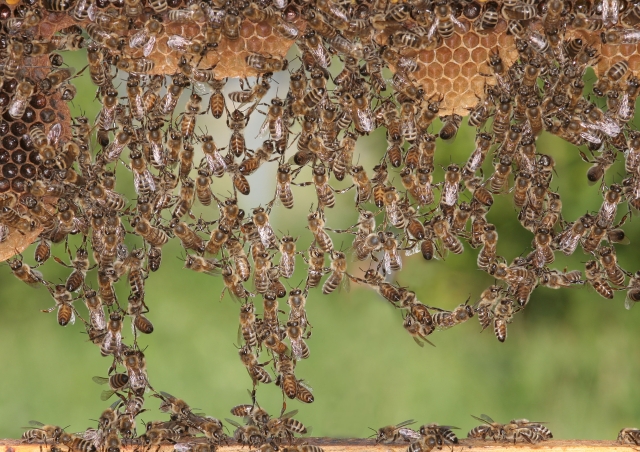
You don’t need spaceships or psychoactive drugs for journeys into alien worlds. I invite you to come into the cockpit of an insect, and view the world through its strange senses. You will discover that inside their exquisitely miniaturized brains, there are surprising levels of sentience and intelligence.
-
Nicolas Mathevon on The Voices of Nature

Did you know that elephant seals recognize each other by voice? That flies emit sounds with their wings to communicate during courtship? That bird nestlings learn their song by imitating an adult? The world of animal communication is far more incredible than you might think.
